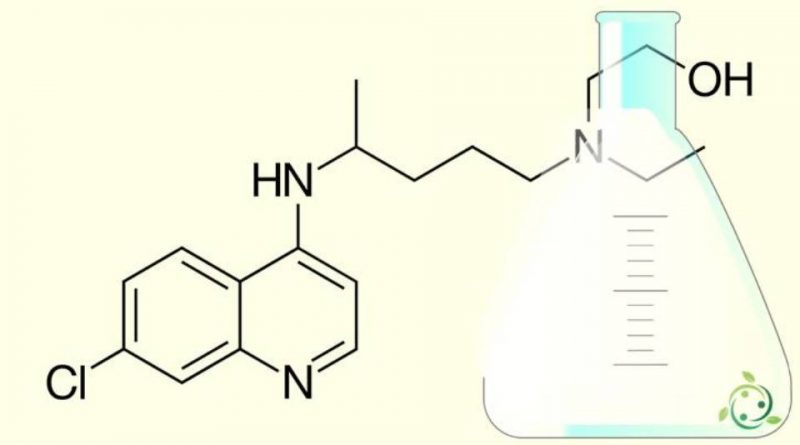Hydroxychloroquine
Hydroxychloroquine
Hydroxychloroquine, whose term in the official IUPAC nomenclature is: 2 – ({4 – [(7-chloroquinolin-4-yl) amino] pentyl} (ethyl) amino) ethan-1-ol is an alkaloid used among drugs antimalarials.
In fact, hydroxychloroquine belongs to the families of antimalarial drugs and 4-aminoquinolinic derivatives.
Hydroxychloroquine has a brute or molecular formula: C18H26ClN3O which is part of the disease-modifying antirheumatic drugs and used in the treatment of rheumatoid arthritis and systemic lupus erythematosus in addition to malaria.
Hydroxychloroquine has been approved in the United States for medical use since 1955.
This substance is on the World Health Organization’s list of essential medicines, the safest and most effective medicines needed in a healthcare system.
In 2017, it was the 128th most prescribed drug in the United States, with over five million prescriptions.
Hydroxychloroquine, although a risk cannot be excluded, is used to treat rheumatic diseases during pregnancy and is taken orally.
In recent times this substance has been the focus of particular attention having been studied for the experimental treatment of coronavirus disease in 2020 (COVID-19).
The intake of hydroxychloroquine can result in a series of manifestations and side effects; among the most common are:
vomiting, headache, vision changes and muscle weakness. Serious side effects can include allergic reactions.
Warning: The information shown is not medical advice and may not be accurate. The contents are for illustrative purposes only and do not replace medical advice.

